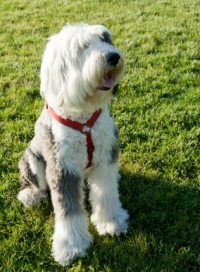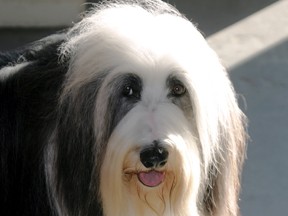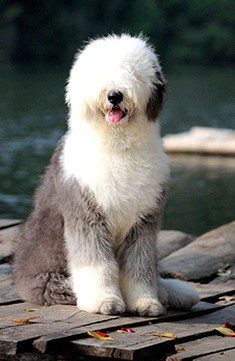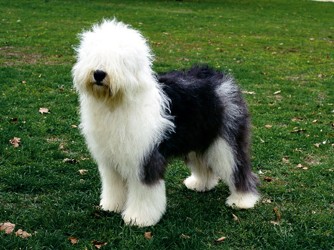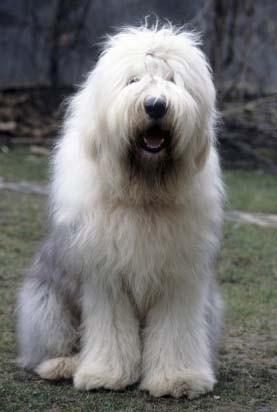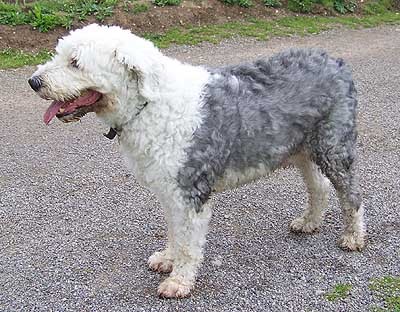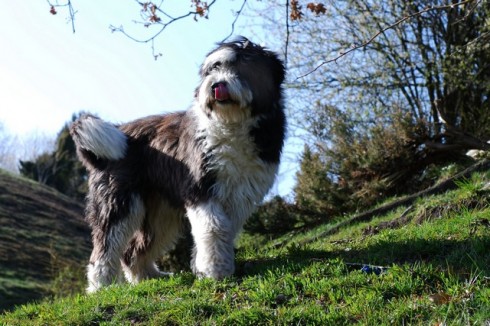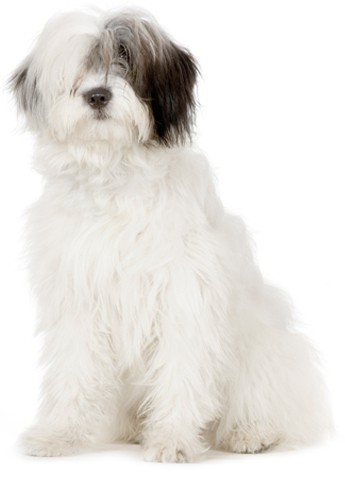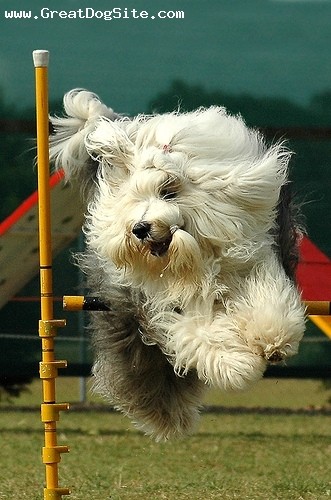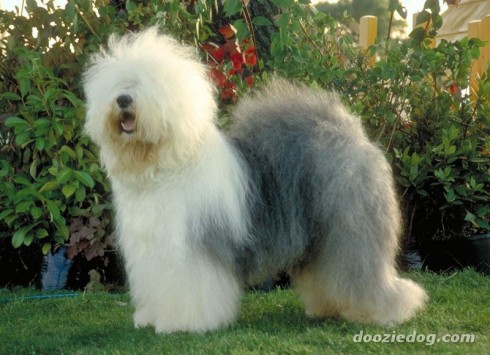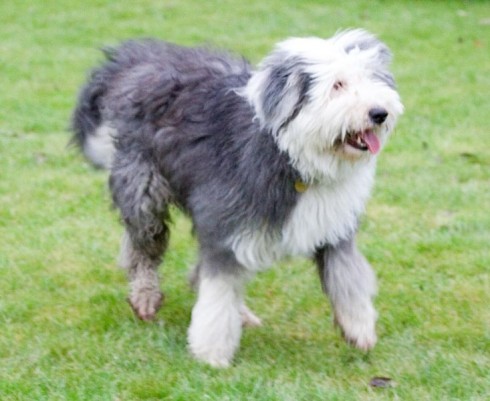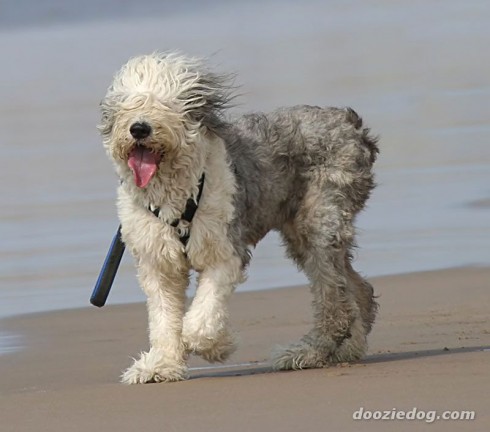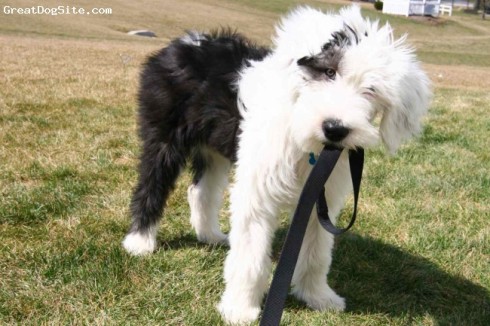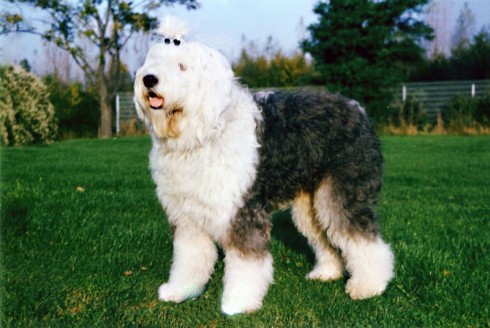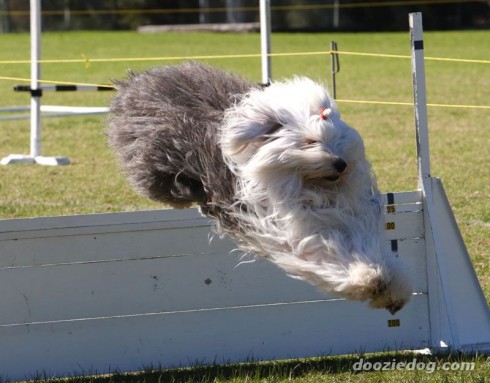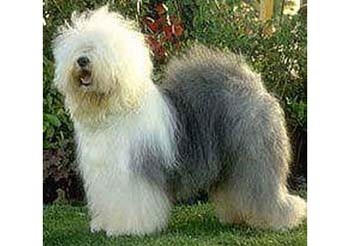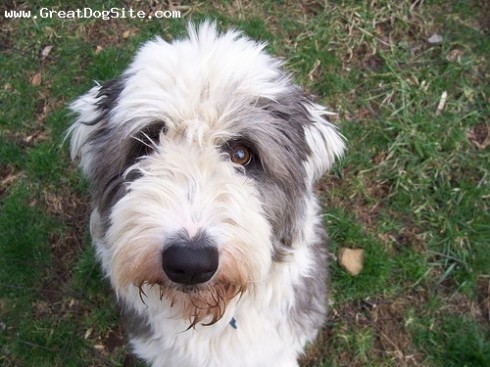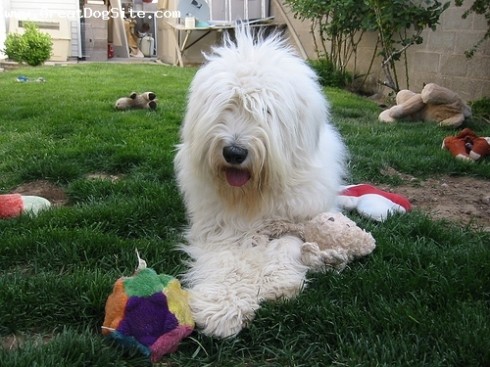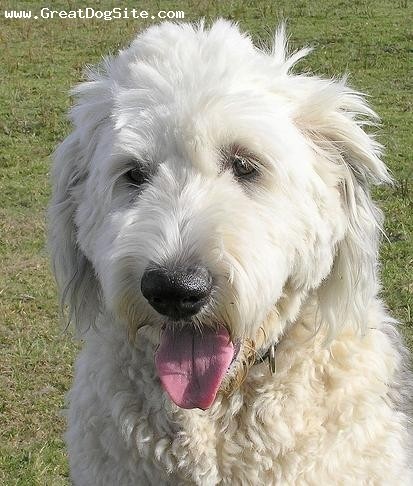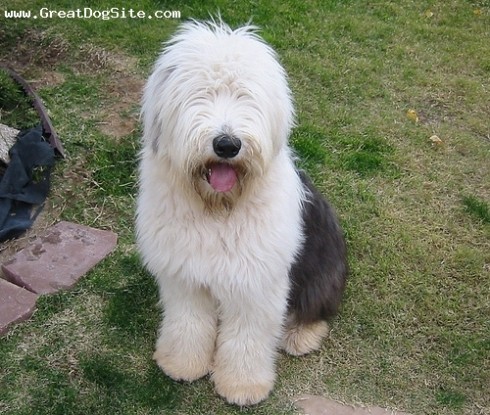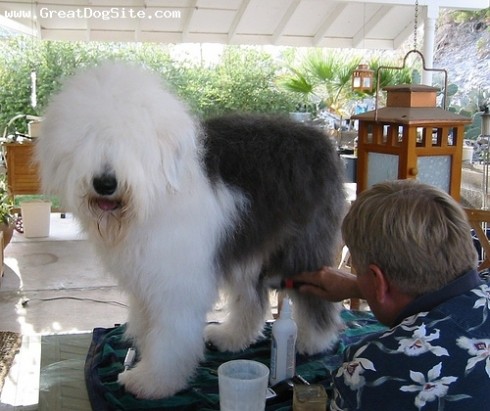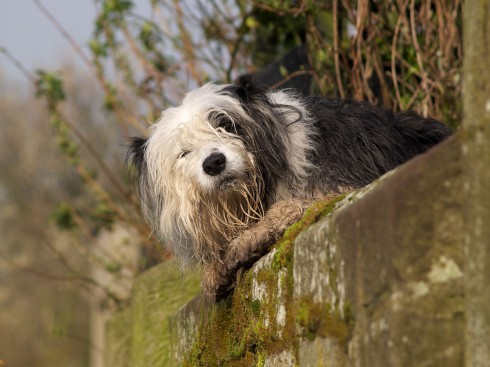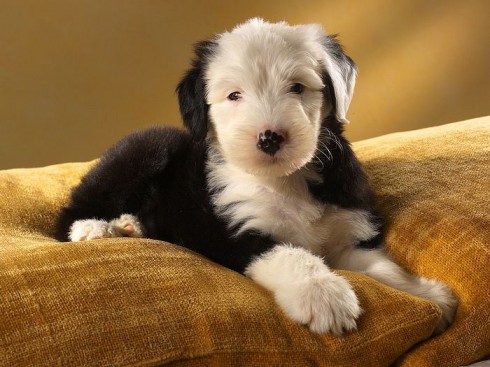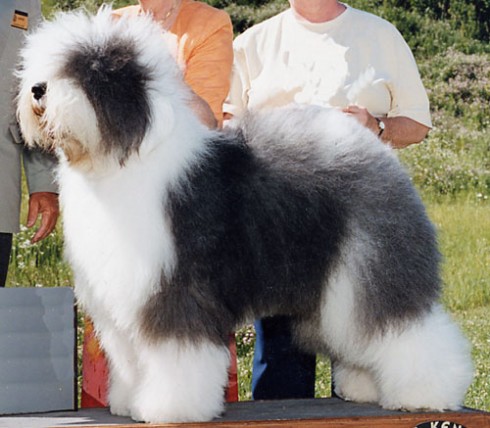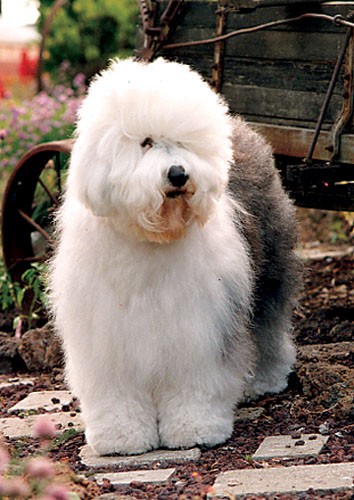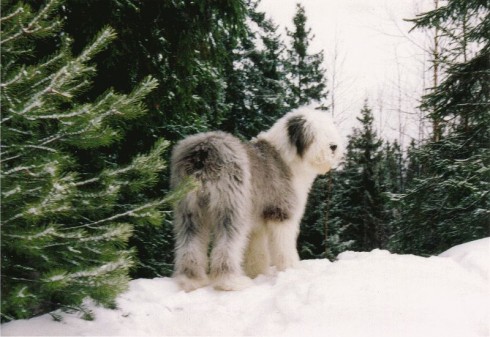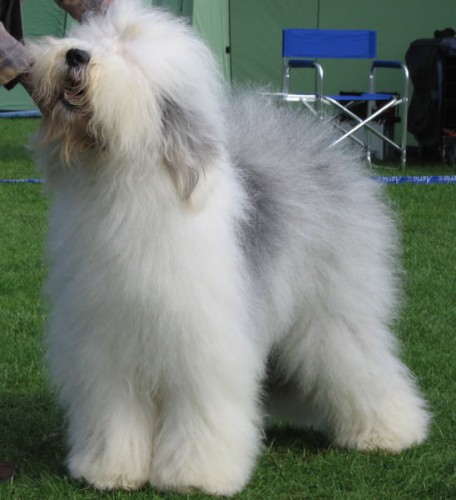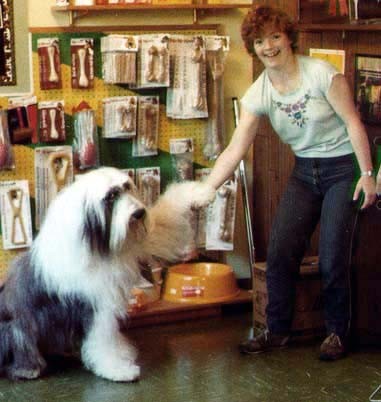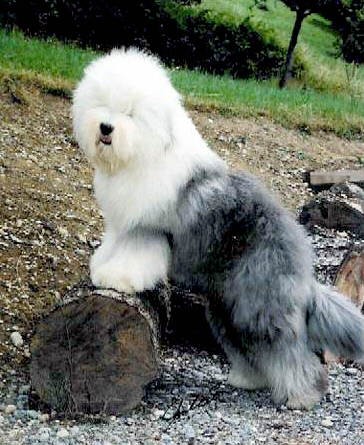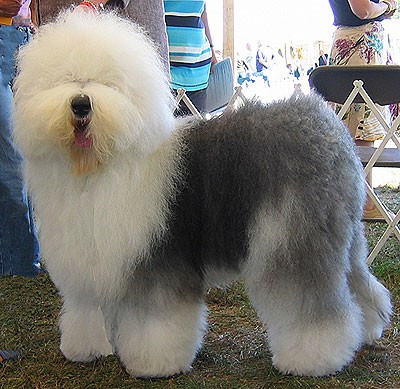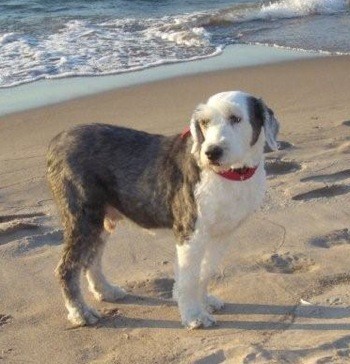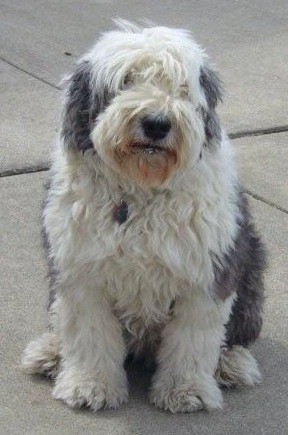Main Index
In Store
Our Web Store
Miniature Schnauzer Picture Gallery
Latest Dog Blogs
- What Are The Basic Commands To Train A Dog?
- PaySafe As The Most Popular Type Of Deposit
- Everything You Need To Know About Pet Sales
- Dogs Contribute To Our Physical And Mental Well Being
- How To Choose Where To Bet On Greyhounds In 2022
- Volunteer With Animals - How To Help Dogs Around The World
- Basic Understanding Of The House Edge
- Why You Should Get A Dog
- Top 20 Popular Dog Names Around The World
- Constipation in Dogs and How to Find Solutions
Old English Sheepdog
Old English Sheepdog Picture Gallery
Old English Sheepdog Clubs/Associations
The Full Old English Sheepdog Description
In today's families, the Old English Sheepdog is a big, lovable companion. He likes to be with his family and get plenty of exercise every day. Although the Old English Sheepdog's abundant coat might seem a problem in hot weather, it's an effective insulator in both hot and cold.
Did you know?
The Old English Sheepdog can reach between 60-100 pounds as an adult and 23-26 inches at the shoulders.
So you want to own an Old English Sheepdog?
The Old English Sheepdog's coat is one of his most distinctive features. The coat is profuse, but not excessive, and may take three to four hours a week to groom.
The Old English Sheepdog is known to shed, so if you have an aversion to dog hair, you may want to consider another breed.
The Old English Sheepdog loves his home and family. He is an extremely affectionate dog who makes an ideal house-dog.
Indicative Breed Standard
General Appearance
Strong, square-looking dog with great symmetry and overall soundness. Absolutely free from legginess, profusely coated all over. A thick-set muscular, able-bodied dog with a most intelligent expression. The natural outline should not be artificially changed by scissoring or clipping.
Characteristics
Of great stamina, exhibiting a gently rising topline, and a pear-shaped body when viewed from above. The gait has a typical roll when ambling or walking. Bark has a distinctive toned quality.
Temperament
A biddable dog of even disposition. Bold, faithful and trustworthy, with no suggestion of nervousness or unprovoked aggression.
Head and Skull
In proportion to the size of the body. Skull capacious, rather square. Well arched above eyes, stop well defined. Muzzle strong, square and truncated, measuring approximately half of the total head length. Nose large and black. Nostrils wide.
Eyes
Set well apart. Dark or wall eyes. Two blue eyes acceptable. Light eyes undesirable. Pigmentation on the eye rim is preferred.
Ears
Small and carried flat to side of head.
Mouth
Teeth strong, large, and evenly placed. Scissor bite – jaws strong with a perfect, regular and complete scissor bite, i.e. upper teeth closely overlapping lower teeth and set square to the jaws. Pincer tolerated but undesirable.
Neck
Fairly long, strong, arched gracefully.
Forequarters
Forelegs perfectly straight, with plenty of bone, holding body well from ground. Elbows fitting close to brisket. Shoulders should be well laid back, being narrower at the point of withers than at the point of shoulder. Loaded shoulders undesirable. Dog standing lower at withers than loin.
Body
Rather short, and compact, with well sprung ribs, and deep capacious brisket.
Hindquarters
Loin very sturdy, broad and gently arched, quarters well covered round and muscular, the second thigh is long and well developed, the stifle well turned, and the hocks set low. From the rear the hocks should be quite straight, with the feet turning neither in nor out.
Feet
Small, round and tight, toes well arched, pads thick and hard. Dew claws should be removed.
Tail
Customarily docked or natural bobtail.
Docked: Customarily completely docked.
Undocked: Unobtrusive. Low set. Never curled or carried over back, with no kink evident. Well feathered with abundant hard-textured coat.
Gait/Movement
When walking, exhibits a bear-like roll from the rear. When trotting, shows effortless extension and strong driving rear action, with legs moving straight along line of travel. Very elastic at the gallop. At slow speeds, some dogs may tend to pace. When moving, the head carriage may adopt a naturally lower position.
Coat
Profuse, of good harsh texture, not straight, but shaggy and free from curl. Undercoat of waterproof pile. Head and skull well covered with hair, ears moderately coated, neck well coated, forelegs well coated all round, hindquarters more heavily coated than rest of body. Quality, texture, and profusion to be considered above mere length.
Colour
Any shade of grey, grizzle or blue. Body and hindquarters of solid colour with or without white socks. White patches in the solid area to be discouraged. Head, neck, forequarters and under belly to be white with or without markings. Any shade of brown undesirable.
Size
Height: dogs: 61 cms (24 ins) and upwards; bitches: 56 cms (22 ins) and upwards. Type and symmetry of greatest importance, and on no account to be sacrificed to size alone.
About Our Article Directory
- Article
- 27 November 2010
- 2 comments
Canis lupus familiaris
- Breed Article
- 29 May 2010
- No comments
Quick Search
Donate
Latest Dog Pods
- Tips on How to Stop Your Dog from Biting
- Beware - Not All Advertised Dog Rescues Really Are! How Can You Know The Truth?
- Helpful Tips For Dog Obedience Problems
- How to Keep Dogs From Eating Poop
- Dog Grooming Tips - A General Overview of the Very Basics of Dog Grooming
- Recognising Different Types of Dog Obedience Problems
- 5 Important Tips On Feeding A Puppy


